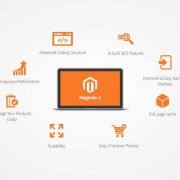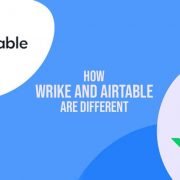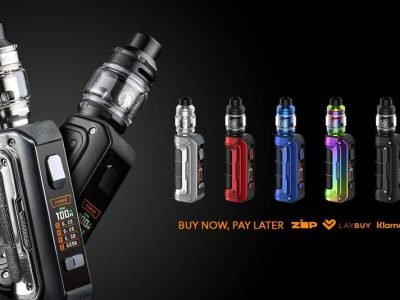Email marketing is the bread and butter for businesses of every size, thanks to its unbeatable 4400% ROI that puts the giants like Facebook and Google (Ads) at shame. Despite the enormous impact emails have on digital marketing success, the email clients didn’t vouch for technical advances, leaving email marketing pretty much unchanged for decades. The advent of HTML email templates can be considered the only major improvement during this phase.
However, positive changes are surfacing in the industry, with email clients finally coming up with technological advances that will help email developers with a bigger room for creativity and innovation. If you are an email marketer, CMO, or brewing startup, you are at the right place, as I will discuss the emerging tech trends for email marketing today. Dive in to explore the fast-evolving landscape of email marketing:
#1 Employing Google AMP For Emails
One of the biggest technical debts for email marketing was the lack of support for newer coding technologies, unlike its counterpart, websites. While web designing evolved exponentially, email template design remained pretty much stagnant for one and a half-decade, but in 2018, Google announced AMP for emails. It helps combine the functionalities of JavaScript with the HTML code for making near website user experience.
Email developers can now create realistic interactivity, display updated content using API-integration, and share pulse surveys. You can also expect the message loading time to speed up by 3-4x and cut down data consumption by 1/10th. This makes AMP for emails one of the best technical advances for low data latency markets, as well as significantly improving user experience.
#2 Integrating Chatbots Within Emails
Chatbots are rapidly gaining traction as a one-stop solution to serve people at multiple touchpoints, no matter if it is site navigation, product recommendations, or client redressal.
Combining them with your email templates can help you create messages that literally talk with your subscribers and actively help them take action. Recent advances like AMP can help you integrate chatbots with email marketing to create a hyper-personalized, interactive environment that you can use for all types of email marketing campaigns.
Here’s an example of using chatbots within the email body. See if you can use this trend for your next campaign as it might hype up your subscribers while bringing a higher engagement rate organically:
#3 Using AI For Email Copywriting
Did you know that the mail clients are flooded with 319.6 billion emails per day? This is a gigantic figure, and it indicates how difficult it is becoming to decide what your messages should contain. Artificial Intelligence is perhaps one of the best ways to deal with this overwhelming demand for email copies. NLP (Natural Language Processing) gives us an opportunity to optimize our messages for every individual reader as it constantly learns about their preferences based on email metrics.
You can use tools like Persado, Touchstone, and Phrasee for introducing AI-based copywriting for your emails. This can drastically improve your personalization for newsletters as you can send custom content blocks. However, I find that AI will prove to be most useful for transactional emails and drip campaigns, given their nature of engagement.
#4 Optimizing Emails For Wearable Devices
Globally, the smartwatch market size is expected to grow at a CAGR of 18.23%, and this is a piece of big news for email marketers. This can be a great opportunity as going through an inbox remains a common habit among all age groups. But here’s the catch: You need to re-strategize your email marketing best practices. For instance, the subject line should be around 35-40 characters when displayed on a wearable device, while your HTML email template will also need rework to make sense to the subscriber.
I do feel that this trend of optimizing messages for wearable devices will need more time to mature, but there are many cases where you can start leveraging it head-on. For instance, you can target your subscribers who regularly commute at a fixed time by giving them simple updates or promotional messages that they can glance at on their smartphones later. I find that it will have a positive impact on open rates, and you can, too, start experimenting with it.
#5 Data Pooling For Providing 360-Degree Personalization
Lastly, we would go through a relatively old concept that’s now becoming mainstream. Integrating data acquired from various channels like CRM, social media, chatbots, and VoIP solutions can give you a chance to amplify their impact. A 360-degree approach also unlocks new possibilities for both marketing and operations.
Each of these tools has its respective strengths, and with data pooling, you would be able to use them to your benefit. For instance, you can use the user activity on your web store’s chatbot for sending a promotional email. Even this simple step yields great results as shoppers receiving in-mail promotional offers spend 138% more than the ones not receiving such messages.
Summing Up
If you haven’t paid much attention to these tech trends, it’s high time you start doing so. They will make a huge impact on how your subscribers perceive your brand as well as your ability to generate revenue. I hope that you find this article on technical advances in email marketing insightful and it adds value to your future endeavors.












